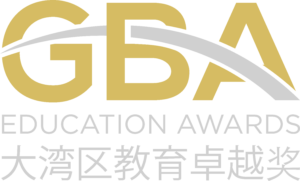Why do many education reforms fail? Why is it that well intentioned efforts to improve or innovate do not always meet their intended aims? While there are many such examples across different countries with differing political, cultural, and social contexts, some of the key learnings are transferable across contexts. What can be learned from such examples that can inform future successful reform initiatives?
This presentation examines approaches taken to addressing K-12 education reform from the perspective of a consultant and advisor using three different case study examples at state and national levels.
The studies entail:
- The design and co-development of syllabuses, teacher guides and professional learning programs in a developing country
- The design and development of a first ever national curriculum with content and standards deployed on a digital curriculum website
- The development of 52 new senior secondary courses with content, standards and examinations for statewide accreditation and implementation.
All were in complex environments and involved collaboration with a range of stakeholders (government, service providers, school leaders, teachers, universities, professional associations, parents, community), aiming to build local capacity for sustainable growth and change.
The learnings from these have implications for successful implementation of educational reform and practice across different contexts.
February 2025 - 21CLHK
Job Role Applicability:
- School Leader
- Curriculum Director / Coordinator
- Head of School/Director
- Director of Professional Development
- Any Educator
- Board Member
- 21st Century Skills
- Global Collaboration
- Professional Learning
Presentation
- Lower Elementary [Age 4 - 6]
- Upper Elementary [Age 8 - 10]
- Middle School [Age 11 - 13]
- High School [Age 14 - 17]




